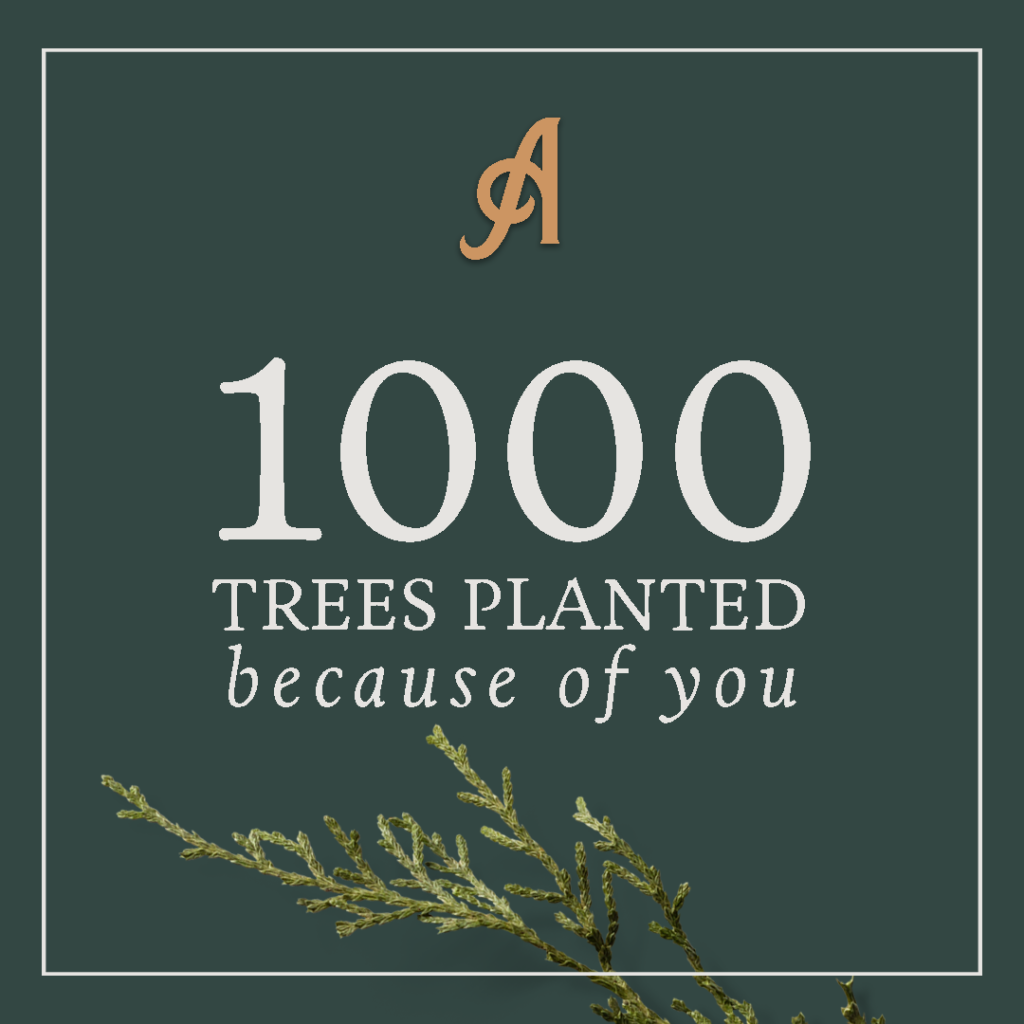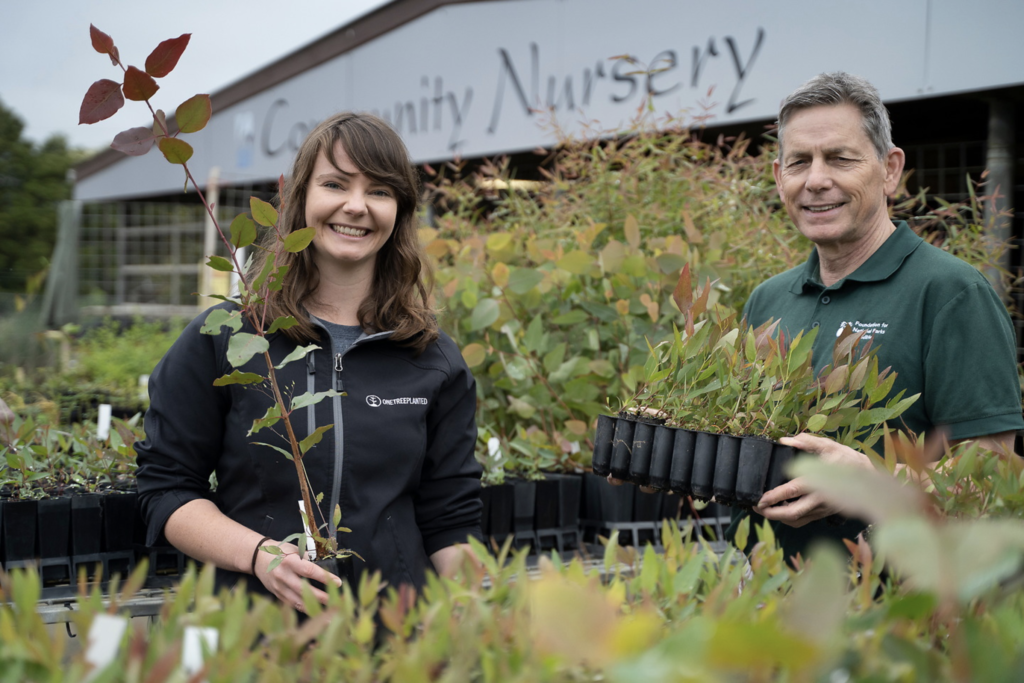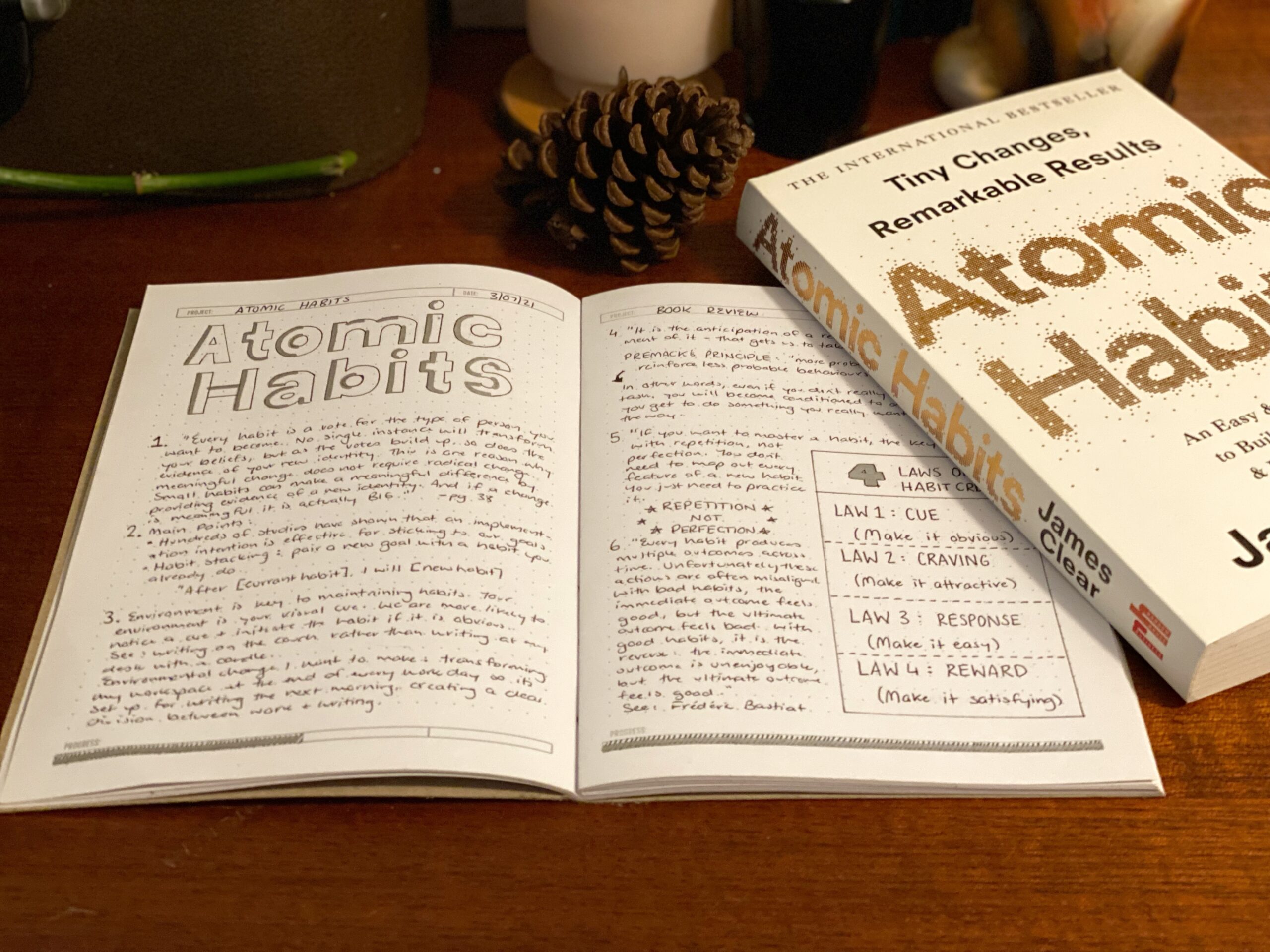
I’ve long found routine and reward to be the quickest doorway to productivity and joy. As a writer and a runner and a human being, I’ve relied heavily on the power of a consistent routine. As a result, I was already primed to accept Clear’s message, but I also didn’t think I had much more to learn about the power of habit. Well, I’m happy to say I was wrong. I originally listened to Atomic Habits as an audiobook but got so much out of it that I went out and bought the physical copy as well.
What I found in Atomic Habits was a book that is endlessly practical, full of instructions for small changes you can make to your daily life to create big results over time. Just as valuable, and perhaps more impactful for me personally, were the mindset shifts Atomic Habits inspires. Before I’d even finished the book I’d already started making changes, and I’ve never had so much confidence in my ability the shape the trajectory of my life.
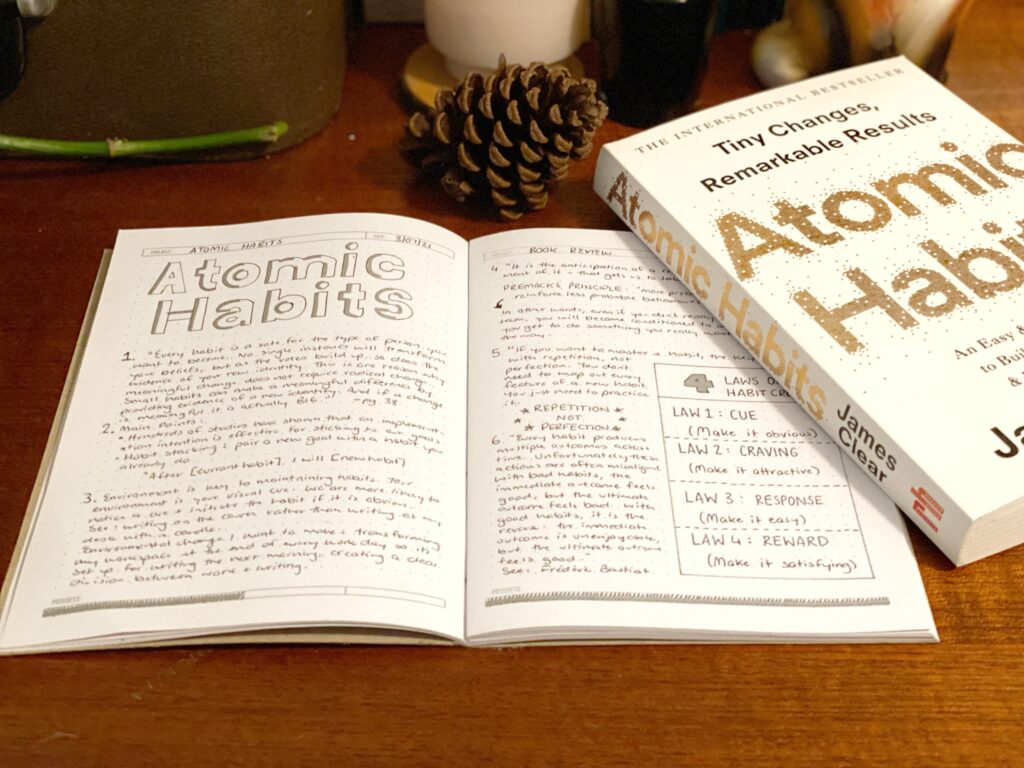
Key Points:
Habits shape the people we become
Like compound interest, small habits repeated over time produce amazing gains – far more than surges and gullies of productivity ever could. Every action you take, Clear says, is a vote for the person you want to become.
It reminds me of that gorgeous Annie Dillard quote: “How we spend our days is, of course, how we spend our lives. What we do with this hour, and that one, is what we are doing.” What do you do every day? That is who you really are. Build a life one habit at a time and you’ll be surprised how quickly you can become the person you most want to be.
The reward comes for showing up, not for how much you get done
Perhaps the biggest barrier I’ve found to maintaining a long term practice of any kind – from half-marathon training to novel writing – is that life gets in the way. Life is full of events you can’t plan for. Sickness, pandemics, losing your job. No matter how perfect your plan, something will always go wrong.
Clear’s method is so valuable because he emphasizes the power of showing up, even on your bad days. “Reduce the scope,” he says on his blog, but “stick to the schedule.” Write for ten minutes, even if your original intention was to write for four. Lace up your sneakers and go for a walk on the days you can’t run due to injury or illness. The important thing is to maintain the habit so when life calms down you can pick it right back up again, rather than starting over.
Your bad days are even more valuable than your good ones.
When I first started running a friend told me: “There’s no such thing as a bad run.” I scoffed, having just piked out of a 10k run at the 15 minute mark due to insane heat and 100% humidity. I was so disappointed in myself and I carried that discouragement with me until I was able to manage the full 10k a week later.
Turns out, my friend was right. If I had skipped that run due to the awful conditions, it would have set me back far more than my terrible 15 minute effort. The lesson this “bad” run taught me was that I create my life, not my conditions. A bad day has an important role in solidifying your good habits. If I had understood that then I would have limped back to my car with a smile on my face: I am a runner, even on my bad days.
Top Quotes
“Every action you take is a vote for the type of person you wish to become. No single instance will transform your beliefs, but as the votes build up, so does the evidence of your new identity.”
“You do not rise to the level of your goals. You fall to the level of your systems.”
“When you fall in love with the process rather than the product, you don’t have to wait to give yourself permission to be happy. You can be satisfied anytime your system is running.”
Takeaways for Creatives
1. Pay attention to what you do before your creative practice. The habits you maintain that support your work are just as important as the work itself.
2. Reward yourself for showing up, not just for what you produce at the end of the day.
3. Small actions repeated daily have huge impact over time.
Almanac Recommends
I can’t recommend this book highly enough. It’s for anyone who wants to become a better writer, artist, athlete or human being. If you’ve found yourself in some negative cycles you’re struggling to get out of, or if you’re ready to take your daily practice to the next level, this is the book for you.
Being a creative person is about living a creative life. A person who writes a page a day will have more pages at the end of their life than a person who writes a hundred pages a couple of times a year. The more you focus on the kind of person you want to be, the happier and more productive you will ultimately be.
